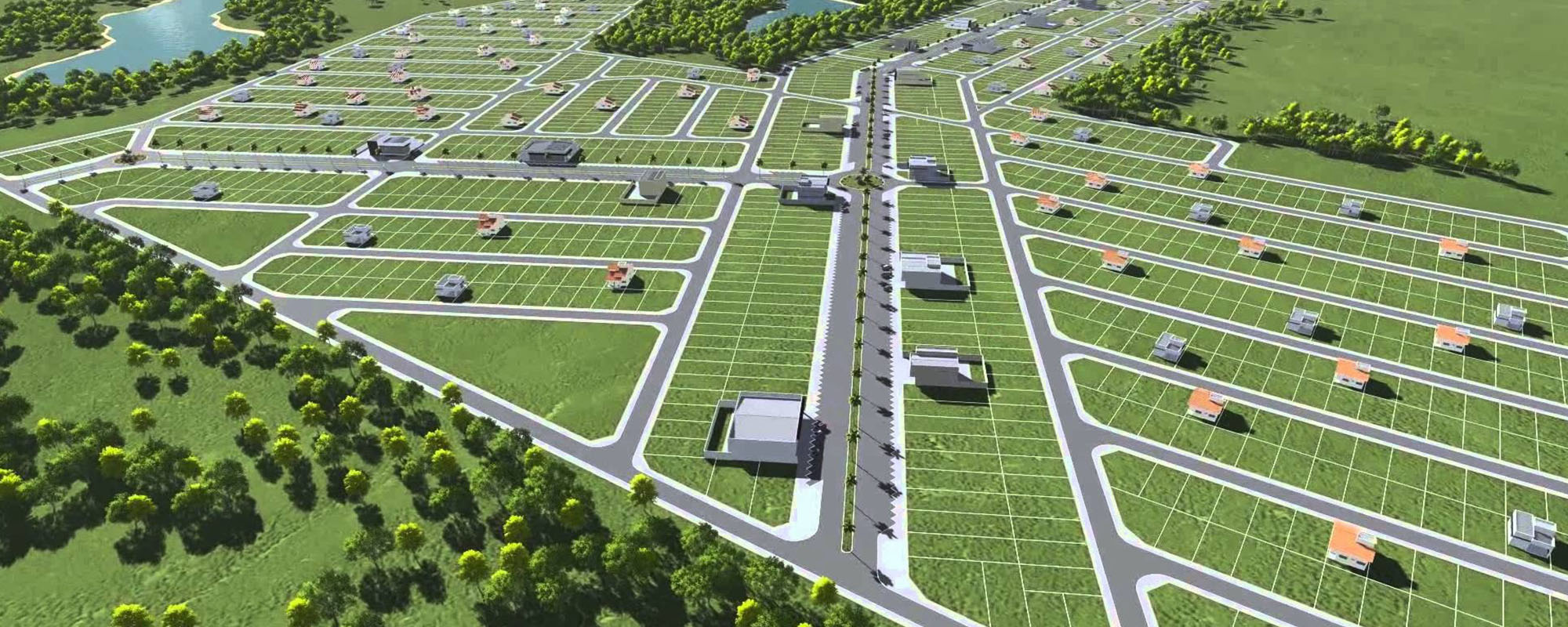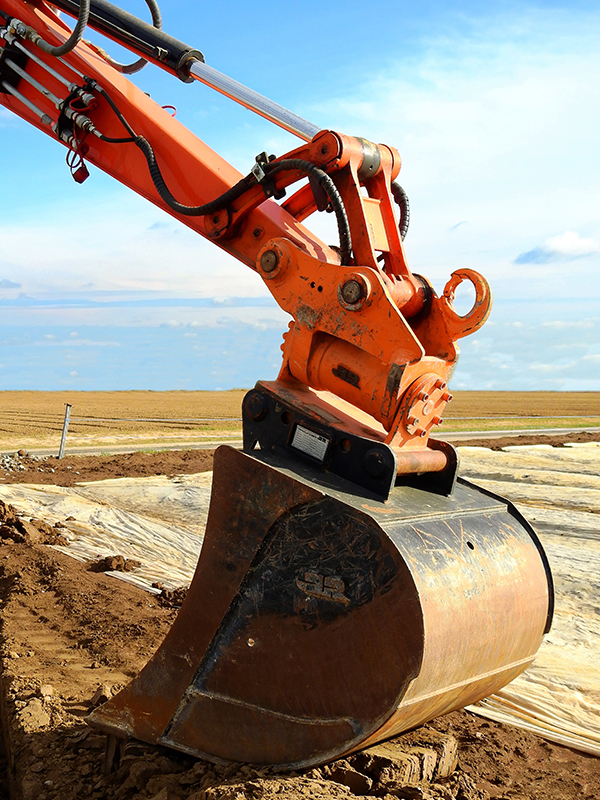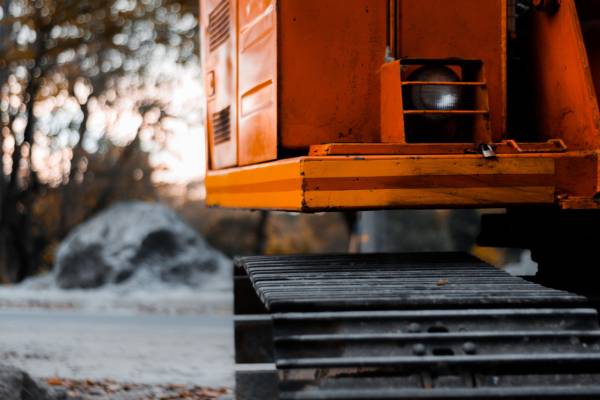
Land Development
The raw land development process is often seen as a complicated strategy of investment. A strategy, that only ‘experts’ may be interested in. Investment in undeveloped land is a complex strategy, however, it should not be necessarily avoided by beginners. In fact, one would argue, that the new investors could successfully invest in raw land if they research and prepare for additional work compared to traditional exit strategy work. Nonetheless, raw land development requires extra steps.
As an investor, there is no shortage in opportunity when it comes to real estate industry. It involves plenty of options one can pursue when investing in commercial, residential and multifamily properties. Raw land investing is one of more under-utilized investing opportunities and it should not be overlooked.
What is Raw Development?
Raw land development is the process where land is purchased with the intent of developing and building on it or keeping it for long-term appreciation. Raw land investing has an array of configurations but will, in essence, provide multiple advantages from other types of investments such as selling the property, renting it out or earning appreciation with little to no work load.
The Raw Land Development Process: How to Develop Land in 6 Steps.
The fact of the matter remains: consistent cash flow can be delivered by undeveloped real estate as well as any other type of investment opportunity.
Raw land is a limited resource and therefore it is extremely valuable. There is a good chance the land you purchase can become worth even more, provided that it is located in the area that is headed towards development and growth.
Investors that are looking to develop raw land should do their research and educate themselves thoroughly on the market they intend to invest in. The best way to achieve this is to follow the market trends.
You will have a better understanding on when to invest given that you track the market’s cyclical movement. Recent developments must be examined in your market of choice. If you notice there has been a recent surge in development projects in an area, more than likely, buyers will be looking for land. The growth in surrounding markets should also be monitored.

1. Economic Feasibility
The first step of raw land investing is to determine its economic feasibility. It’s critical to determine your desired return of the land you want to invest in before getting started. This is important as it will give a clear overview of your investment’s costs versus profit margins and lessen the market’s uncertainty. Even though these numbers will be estimated, comprehending the project’s feasibility with estimated costs, revenue, and overall return will help investors succeed.
2. Acquisition
Once you determine the costs you’re likely to experience, including estimated returns, you can have a better perception of the offer price. At this stage of the raw land development process, investors will have contractors submit bids for the project. Not only will this provide an estimation on the costs of the project, including the expected expenditure, but also a maximum price offer.
3. Zoning
The third step of raw land investment primarily deals with design of the land. Essentially, this determines the type of property that can be constructed on the land which would also include looking into local zoning codes.
Zoning will play an important role in the proceedings of construction depending on the type of property you’re planning to construct or how the property will be presented to buyers. Zoning codes will determine whether or not the types of properties such as single family, multifamily, condominium or commercial properties can be built on the raw land. This can hinder your investment approach as an investor. It is imperative to understand the area’s zoning laws, when getting started in raw land investing.

4. Financing
Like all real estate investments, how you decide to utilize the property will determine the type of financing you will require. The one aspect investors should care the most about is the loan-to-cost ratio (LTC). Depending on the type of construction and use of the property, the LTC is the amount of money the lender will grant for the said project. Although most lenders will provide 80-85% of the overall costs, owner-occupied homes are eligible for standard bank financing.
5. Construction
The 5th step of the raw land development process is construction. This will consist of horizontal development in most cases, such as grading for roads, curbs, utilities and eventually constructing the property from the ground up. Construction financing is one element that the investors should be aware of. Contractors will be paid in increments of completed duties and phases of the project. In many cases, construction lenders will hold approximately 10% of the construction loan until the project is finished.
6. Marketing
Marketing is the final step to the land development process. This is where stage one is of critical importance. Carrying out due diligence in the market price, the neighborhood and the demand for rentals will pay off when determining your marketing strategy. In order to attract buyers to the property, investors should have a marketing plan in place. This can be achieved by working with a realtor, online listings, the MLS and advertising on social media and newspapers.


